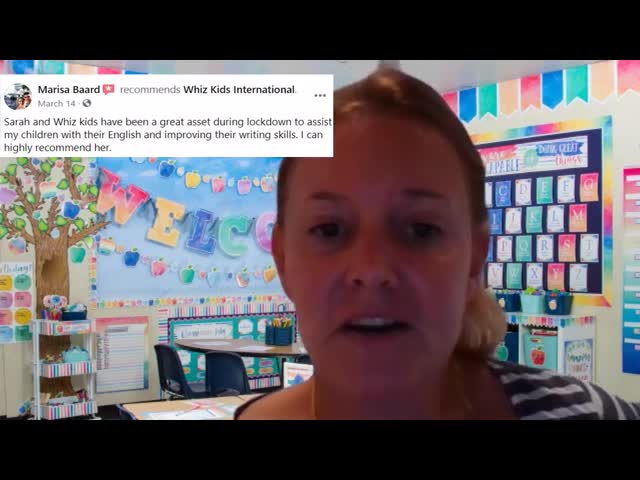🎵 Showcase your kid’s musical talent and win up to $1,000 in prize value!Enter Now
There are no open spots for this class, but we found something similar!
28
($14 value)

3rd Grade Close Fiction and Nonfiction Reading to Master Comprehension Skills!
Ages 8-10
Live Group Class
Live video meetings
1x per week
2-6 learners per class
30 min
Overview

Live Group Class
Meet over live video meetings
1 live meeting
30 mins in-class hours per week
Homework
After each class each book used in class will be posted in the classroom along with reading comprehension questions. Learners are welcome to reread the book at home and answer the questions (answers provided).Class Experience

US Grade 3
During each class a text is divided up into parts, and students take turns reading. We start the class with learning key vocabulary words, thinking about the title and making a prediction about what might happen in the story or what we might learn in an information passage. Students are given decoding strategies, such as breaking up long words into parts and trying vowel sounds both ways. After we complete reading, we do activities with close reading tasks. The reading comprehension tasks are specifically aligned to the standards-based learning target for that day. The text and activites are posted in the classroom before each class to be printed at home. Week of Sept. 2: Fiction: Story structure Week of Sept. 9 : Nonfiction: Text features Week of Sept. 16: Fiction: Ask and answer questions Week of Sept. 23: Nonfiction: Main idea and details Week of Sept. 30: Fiction: Message, lesson, moral Week of Oct. 7: Nonfiction: Author's reasons Week of Oct. 14: Fiction: Theme Week of Oct. 21: Nonfiction: Word meanings Week of Oct. 28: Fiction: Characters, setting, plot Week of Nov. 4 : Nonfiction: Connections Week of Nov. 11: Fiction: Point of view Week of Nov. 18: Nonfiction: Ask and answer questions Week of Nov. 25: Fiction: Compare and contrast Week of Dec. 2: Nonfiction: Compare and contrast
Other Details

Supply List
Students will need to be bring a pen or pencil, and a yellow, blue, and orange crayon or highlighter.

External Resources
Learners will not need to use any apps or websites beyond the standard Outschool tools.
Meet the teacher
Teacher expertise and credentials

2 Teaching Certificates
Non-US Teaching Certificate in English to Speakers of Other Languages
District of Columbia Teaching Certificate in English to Speakers of Other Languages

2 Degrees
Master’s Degree in Behavioral Science from Northwestern University
Master’s Degree in Business Administration and Management from Boston University
I love teaching reading and writing skills at the primary level! As a result, I have delved into the research about best practices of literacy instruction, and began my own afterschool literacy program for children. I have a bachelor’s degree in French, a credential to teach English as a foreign language from Georgetown University, and a master’s degree from the School of Education at Northwestern University. I have more than 15 years of teaching experience in international primary schools, and am passionate about encouraging and supporting children to believe in their abilities and reach their full potential. Reviews
Are you planning to use state funding, such as an Education Savings Account (ESA), Micro-grant or scholarship to help pay for your learner’s education?

